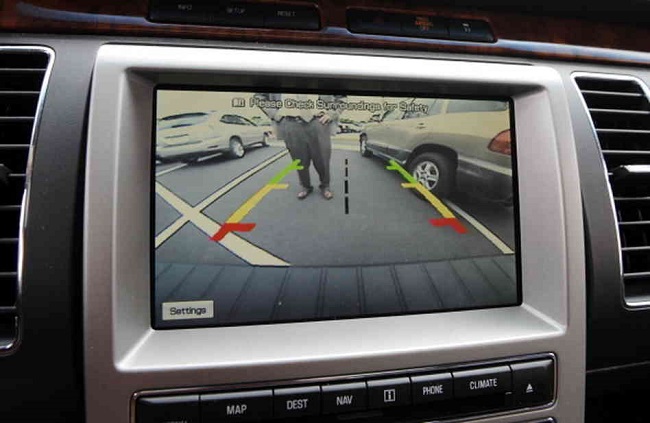
“Wow Steve, look at that guy trying to park! What a newb,” is a phrase I often utter to one of my two work companions on our homeward route from the office. Ironic, given I have only been driving for a year, and am no ace parker (yet). The National Highway Traffic Safety Administration’s most recent ruling forces all vehicles under 10,000 pounds (produced after 2018) to have rear view technology in order to reduce accidents and fatalities caused by backover accidents. And hopefully help people park their vehicles better.
“Safety is our highest priority, and we are committed to protecting the most vulnerable victims of backover accidents — our children and seniors,” said U.S. Transportation Secretary Anthony Foxx. “As a father, I can only imagine how heart wrenching these types of accidents can be for families, but we hope that today's rule will serve as a significant step toward reducing these tragic accidents.”
One can only sympathize with Foxx, knowing that an average of 210 deaths and 15,000 injuries are caused by backover crashes on a yearly basis. And on a sadder note, 31 percent of the fatalities are children under the age of five.
The 10,000 pound regulation takes effect on vehicles completed after May 1, 2018, and will include buses and trucks. The rearview camera must expand the driver’s field of vision to a 10-foot by 20-foot zone directly behind the vehicle. Additionally, it must fulfill a list of image size, linger time, response time, durability, and deactivation criteria. “We're already recommending this kind of life-saving technology through our NCAP program and encouraging consumers to consider it when buying cars today,” states NHTSA Acting Administrator David Friedman.
Consumer demand has already made rearview cameras somewhat of a standard in most modern vehicles, but is typically included as an extra feature. Enforcing this as a requirement is expected to save the lives of 58 to 69 people per year.
Visit NHTSA for the entire list of regulations
Advertisement
Learn more about Electronic Products Magazine





